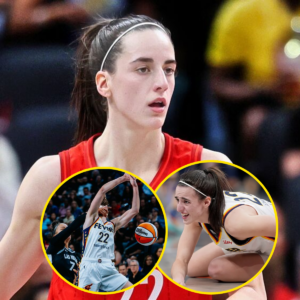 Dallas Cowboys helmet (Photo by Ronald Martinez/Getty Images)
Dallas Cowboys helmet (Photo by Ronald Martinez/Getty Images)
Larry Allen, one of the greatest players in the history of the Dallas Cowboys franchise has tragically passed away at the age of 52.
The Dallas Cowboys announced on X/Twitter that Allen “suddenly” passed away on Sunday while he was vacationing with family in Mexico. Allen and his wife, Janelle, had two daughters and a son together.
Allen was a key member of the Cowboys’ success during the mid’90s, helping them to a Super Bowl 30 championship in the 1995 season that cemented them as a dynasty. The 6-foot-3, 325-pound guard was a seven-time First-team All-Pro and an 11-time Pro Bowler in his Hall of Fame career.
Allen was a second-round pick (46th overall) by the Cowboys in the 1994 NFL Draft. He played college football at Butte and Sonoma State before emerging as one of the greatest draft steals in the history of America’s Team.
Click on ‘Follow Us’ and get notified of the most viral NFL stories via Google!Follow Us
The Dallas Cowboys icon was also named to the 1990s and 2000s All-Decade Teams, as well as the NFL’s 100th Anniversary All-Time Team. In 2011, Allen was added to the team’s Ring of Honor.
Allen played for Dallas from 1994 to 2005 before spending his final two seasons with the San Francisco 49ers.
Our thoughts and prayers are with Larry Allen’s family and friends, as well as the Cowboys organization, during this devastating time.
Larry Allen Was Pivotal In Dallas Cowboys’ Dynastic Run
The Dallas Cowboys had won back-to-back Super Bowls in 1992 and ’93, with both victories coming against the Buffalo Bills.
But with the Green Bay Packers emerging as an NFC power, and with the San Francisco 49ers in the midst of their own dynastic run, the Cowboys needed a couple of pieces to win that third Super Bowl.
Larry Allen proved to be the difference-maker in Dallas, adding that game-wrecking offensive lineman to block for Emmitt Smith while helping keep Troy Aikman upright. If not for Allen, the Cowboys might have never won a third Super Bowl in the ’90s, nor remain a consistent playoff contender in the back half of the decade.
News
Social Media Is Completely Stunned Over Video Of Angel Reese In A Tiny Bikini, Looking Like We’ve Never Seen Her Before
Angel Reese (Photo by Sarah Stier/Getty Images) Angel Reese and the LSU Tigers have fallen short in their bid to win back-to-back National Championships. But they have certainly…
BREAKING: Bob Costas Claims Flagrant Fouls On Angel Reese Don’t Get Same Attention As Caitlin Clark’s Because They’re “Black-On-Black” Violence
Angel Reese, Chennedy Carter, Caitlin Clark (Photos via Getty Images) Bob Costas has shared his thoughts on why Alyssa Thomas’ flagrant foul on Angel Reese hardly got as much…
WNBA Legend Eyeing Comeback, Wants Indiana Fever To Sign Her So She Can Protect Caitlin Clark
Caitlin Clark (Photo by Andy Lyons/Getty Images) A five-time WNBA All-Star and future Hall of Famer has made a pitch to the Indiana Fever to sign her so she…
Joy Taylor Gets Destroyed After Shamelessly Lying About Caitlin Clark
Joy Taylor and Caitlin Clark (Photos via Speak/X & Getty Images) FS1’s Joy Tayor got destroyed online following what turned out to be an unpopular take. Taylor…
Stephen A. Smith Offers 3 Undeniable Realities That Prove Caitlin Clark Is Behind WNBA’s Uprising Popularity
Stephen A. Smith and Caitlin Clark (Image Source: GettyImages) Ever since arriving in the WNBA, Caitlin Clark has gained massive popularity, which acted against her. Despite increasing the league’s viewership,…
Social Media Is In Shock Over Disturbing Photo Showing An Insane Amount Of Bruises On WNBA Star Caitlin Clark
Caitlin Clark (Photo by Andy Lyons/Getty Images) Basketball fans are awfully concerned after a new image showed a disturbing amount of bruises on Indiana Fever rookie star Caitlin Clark. One…
End of content
No more pages to load






